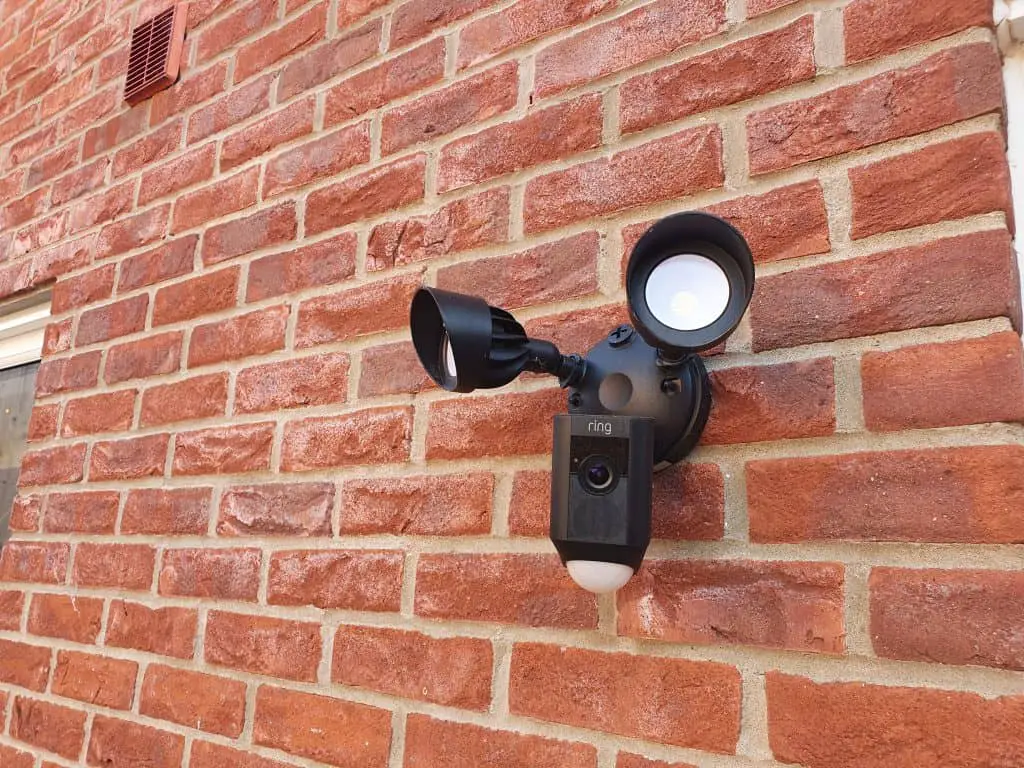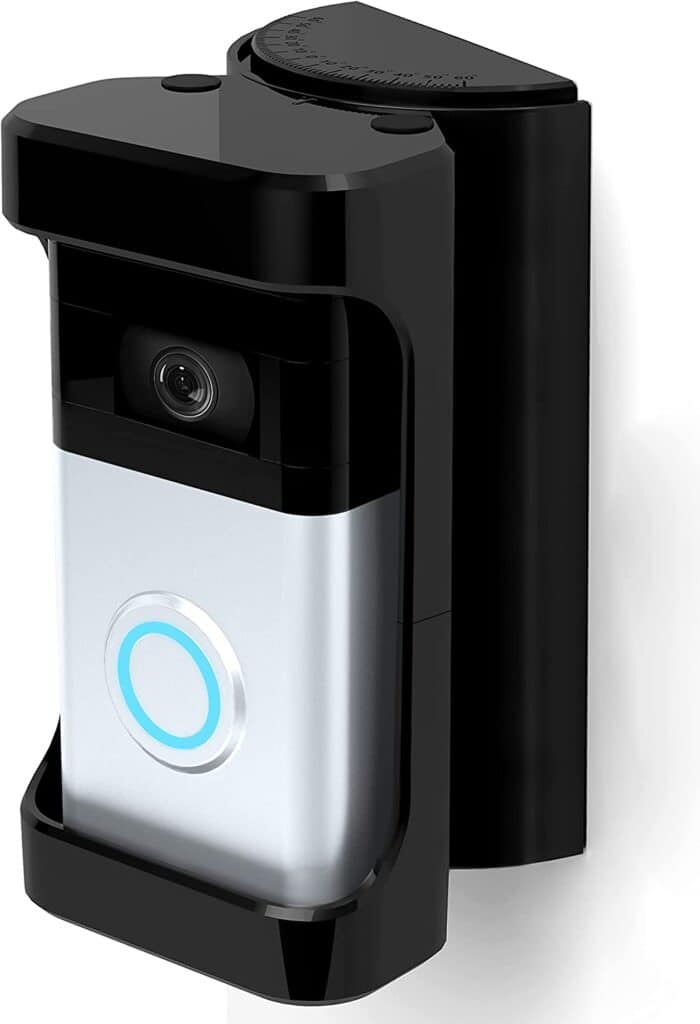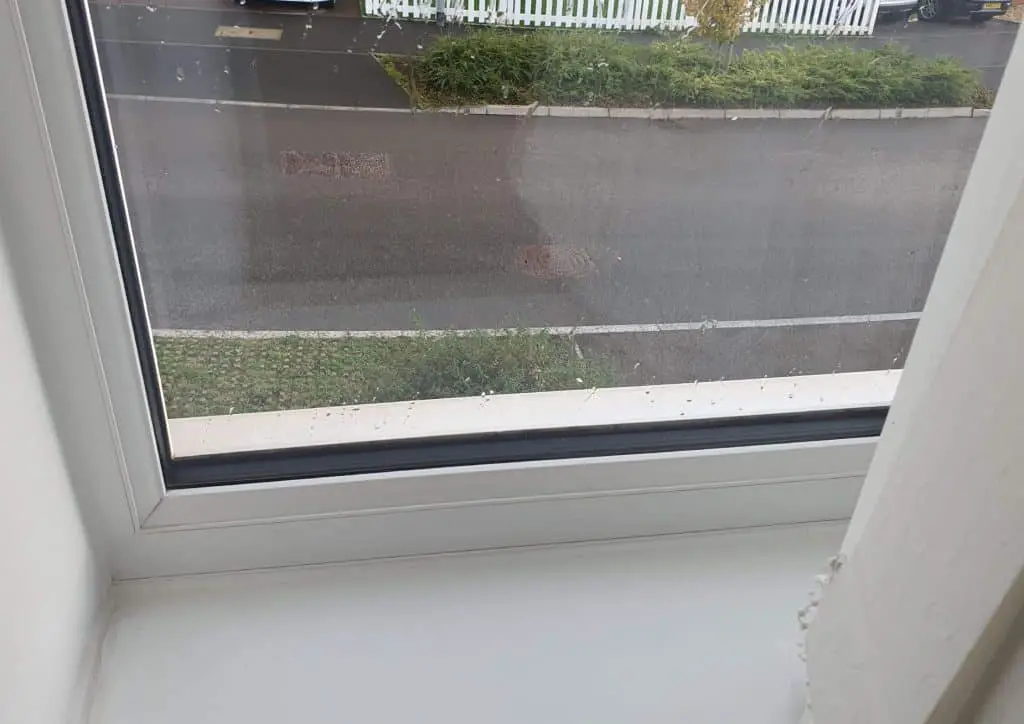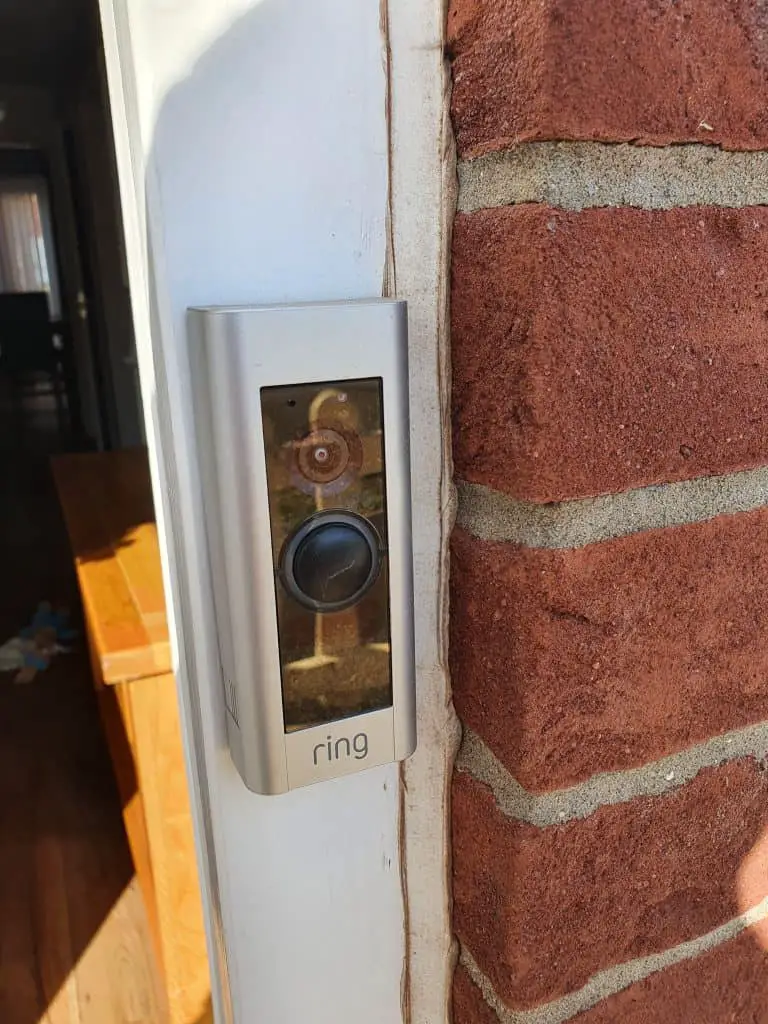Ring manufactures different various smart home products that can be categorized into two: indoor and outdoor devices. While the company maintains that its outdoor devices are weatherproof, the reality is that those devices aren’t one hundred percent immune to any type of weather. As a matter of fact, I’ve read many complaints about them getting overheated in extreme weather conditions.
Maybe your Ring doorbell and outdoor cameras overheat and you are worried that it could be a technical fault. Well, what you should realize is that this isn’t a technical issue: Ring devices have been known to overheat when exposed to the hot sun. Unfortunately, this directly affects their functionalities in a great way.
For example, your doorbell may start creating low-quality video recordings if overheated. It can also get damaged. But a more serious problem that this issue can result in is the inability for you to identify visitors properly. That’s a major security risk if you know what I mean. In other words, you may just ignore a recording containing a criminal, thinking that it’s someone you know!
Notably, this overheating problem has led to many Ring owners desperately opting for a few potential solutions. But are they truly effective and practical? Let’s dive into this question and related topics in this article.
Possible Solutions for Overheating Ring Devices

There are four direct ways in which you can prevent your Ring devices from getting too hot in extreme weather conditions. Using a sun visor, changing the angle that your Ring Doorbell faces with an angled kit, darkening the nearby reflective surfaces, or switching to other Ring doorbell models are thought to be great ways to make your outdoor Ring devices immune to the sun.
Other hacks include moving your doorbell to where there’s less or zero direct sunlight and/or contacting Ring. Let me explain further each one of them below:
Solution #1: Using a Sun Visor
A sun visor can be a useful purchase in some cases if you have a Ring doorbell that overheats due to the hot sun. It can be a great solution especially if the sun tends to heat the device from directly above as opposed to from all sides. Luckily, sun visors aren’t expensive. These cheap anti-sun accessories are readily available on Amazon for as little as under $15.
Solution #2: Change the Angle from Which Your Ring Doorbell Faces The Sun

If you can’t apply solution #1 because of one reason or another, try changing the angle from which your Ring Doorbell faces the sun by using a wedge. This solution can work out well if your doorbell doesn’t have a wall right next to it since there’ll be nothing to obscure the captured footage. It will also work great if the sun hits from a specific angle and if you’re not keen on getting motion-activated capture from that particular angle.
Don’t have a wedge? No worries, wedges are readily available and inexpensive DIY tools. Similarly, you can get a nice wedge set on Amazon for as little as under $25.
Solution #3: Make Nearby Reflective Surfaces Dark

Reflective surfaces are those that are characterized by reflective materials such as glass, white plastic, and even some wood, and bricks. These surfaces are referred to as “Reflective” because they bounce sunlight around at high rates, thanks to the materials that cover them.
Your Ring doorbell or outdoor cameras might be overheating simply because of the reaction of the reflective surfaces around them. By darkening those surfaces, you can effectively resolve the overheating problem for your Ring devices. You can do that by painting them black, staining them with dark substances or simply changing the reflective material.
Solution #4: Switch To Ring Video Doorbell 3 or Video Doorbell 3 Plus
Ring has many different doorbell models including Video Doorbell 2nd Generation, Video Doorbell Pro, Video Doorbell Pro 2, as well as Video Doorbell 3, and Video Doorbell 3 Plus. Other models are Video Doorbell(wired), Video Doorbell 4, and Video Doorbell Elite.
Now, Video Doorbell 3 and Video Doorbell 3 Plus have a lens design that effectively works out against extreme heat conditions. The lenses in these models are less rounder and stick out less compared to those in the other models.
That way, they naturally catch less solar heat and heat up less compared to their counterparts. By the way, some people have minimized or zero lens flare issues after switching to one of these Video Doorbell 3 models.
Something else worth noting here is that some older Ring doorbell models do not have ribbed heatsinks. It’s a heat-protective feature found underneath the faceplate on the back of your doorbell. Find out if your doorbell has it by removing the faceplate. If it doesn’t have it, upgrade to a newer model that has it.
Solution # 5: Move Your Ring Doorbell To Where There’s Less or Zero Direct Sunlight

Is there a spot at your door or wall where there’s less or zero direct sunlight? If yes, you could consider moving the doorbell to it. This move will help keep your doorbell at least less exposed if not fully shielded from the sun’s heat that overheats things.
Solution #6: Contact Ring
Ring quietly changed the design of its doorbells in 2018 due to several reasons with overheating being one of them. Unlike the old design which did not feature ribbed heatsinks, the new design features this anti-heat design.
If your doorbell doesn’t have heatsinks, contact Ring and tell them that your doorbell is overheating and it doesn’t have heatsinks, which you think could be the reason why. By doing that, you might just earn a free replacement doorbell with the heat protective feature. A lot of people have!
Final Thoughts
Ring doorbells and outdoor cameras are great, but they overheat if subjected to direct heat from the sun. Not only can this issue damage them, but it can also put your safety and security at risk. Fortunately, there are a few possible ways to resolve it including using a sun visor, changing the angle from which your doorbell faces the sun, and darkening any nearby reflective surfaces.
You could also switch to a Ring doorbell with a better design against heat, move your doorbell to where there’s less or zero direct sunlight, or contact Ring altogether.
